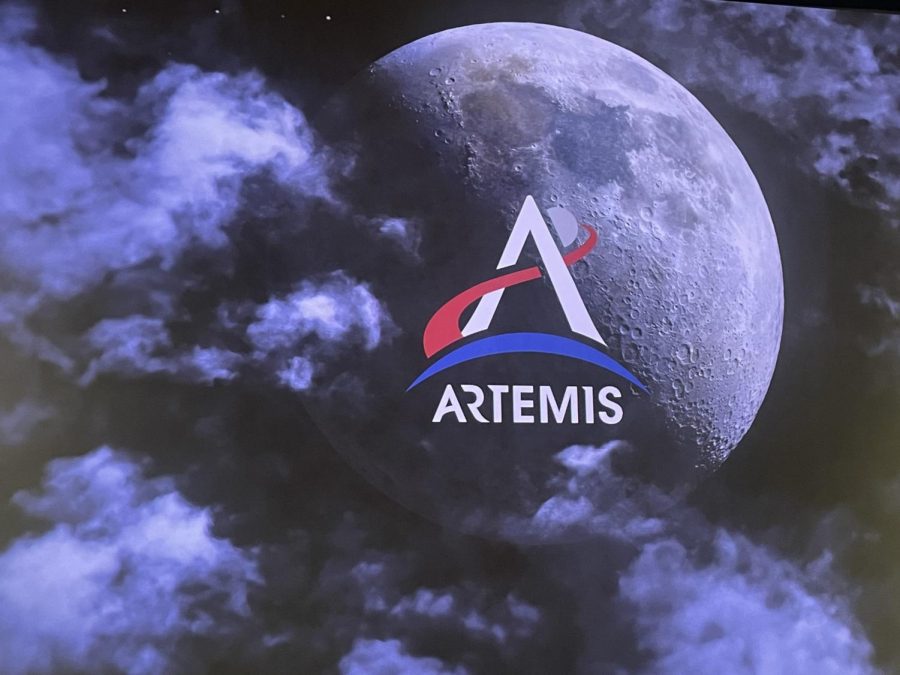NASA Artemis missions sending the U.S. back to the Moon
December 1972 was the last time a human being set foot on the Moon. In the coming years, this will change. From the first landing in 1969 to the most recent one in 1972, the United States has made six trips to the Moon. However, the reasons for going to the Moon in NASA’s 2022 Artemis missions are different from those of the past. Today, going to the Moon opens up a large range of possibilities for future space travel and space colonization.
One of the reasons for the inevitable return to the Moon is to prepare for future expeditions. Many believe that if the space program cannot make it back to the Moon, then there is no hope of making it to Mars in the upcoming years, which is one of NASA’s future objectives. The Artemis missions are expected to yield discoveries that will encourage and advance future NASA missions.
The motivation for space travel has changed drastically from the Cold War-driven motivation of the 1960s and 70s. Olympic Heights junior Ava Tucker commented on the fact that the U.S. has not been to the moon in over 50 years, noting, “First we were trying to beat the Soviets, but now we are really committing to actual space travel.”
Additionally, the Artemis missions will allow for the hope of new discoveries that could lead to the true history of the Earth and the Moon. One of NASA’s objectives is to focus on the ice in lunar craters. This ice could stimulate new theories about how the solar system came to be. More importantly, if the ice is able to be turned into drinking water, then there could be future permanent bases on the Moon.
The findings made on the Artemis expeditions will fuel future projects to Mars and beyond. Former NASA administrator Jim Bridenstine declared, “The United States will lead the return of humans to the moon for long-term exploration and utilization.” Bridenstine hinted at the possibility of setting up bases on the moon. NASA also revealed that “[they] will build an Artemis Base Camp on the surface and the Gateway in lunar orbit,” showing that colonizing the moon is a true possibility in the upcoming years.
The first Artemis mission will not be manned, but the following voyages will have crews on board. The launch of the first Artemis mission continues to be pushed back, most recently due to Hurricane Ian; however, the next possible launch window is expected to be late October 2022.
NASA has three missions planned to span until 2025. NASA also intends to send a crewed mission to Mars in the late 2030s or early 2040s. These voyages are not only for the future of space exploration but also to gain more knowledge about our solar system’s past. OH junior Aidan Deutch noted how “what we think that we know about the solar system could change.” Findings could impact class curricula and change the basis of human knowledge of the world.
There are many different opinions about the Artemis project, mostly due to the high cost. This project will likely cost about 100 billion dollars by the time astronauts first touch the ground on the Moon. During his administration, President Barack Obama was forced to cut this project due to budget concerns; however, it is back up and running. While the cost of these lunar missions may be high, the Moon is a goldmine of knowledge that requires scientific discovery.









